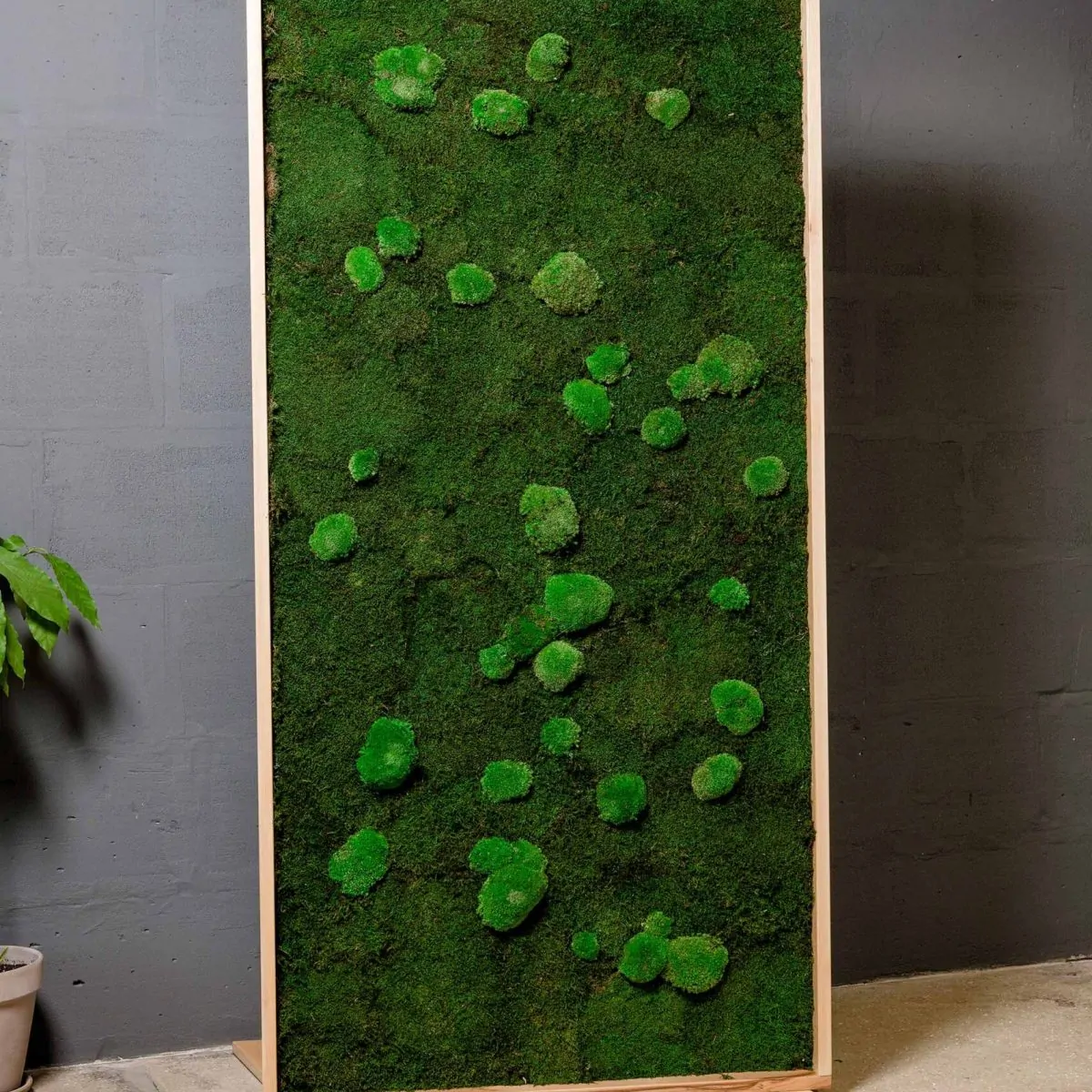![Electrical properties Подпись: Fig. 16. Electrical resistivity of Cu/C composites in relation to fibre volume fraction [Geffroy and Silvain, 2007].](/img/1316/image448.gif) |
The electrical resistivity of composites is often measured by using conventional four points method. The electrical resistivity is increasing with carbon fibre content (fig. 16). The experimental values are close to those predicted by lower limit of Hashin and Shtrikman model, [Hashin and Shtrikman, 1962], taking pCu = 1.7 pQ. cm-1 and pfibre = 1000 pQ. cm-1.
These models have been described as follow:
Reuss’s model:
_ 1
P composite 1 — Vf Vf
– + – pm pf
upper limit of Hashin and Shtrikman model:
+ Vf
+ _ Pm +
composite 1 V
+ m
Pf ~Pm 3pm
and lower limit of Hashon and Shtrikman model:
pm — pf 3pf
pcomposite: Electrical resistivity of composite Vm ‘■ Volume fraction of matrix pm : Electrical resistivity of matrix Vf : Volume fraction of fibres pf: Electrical resistivity of fibres
This behaviour is linked to a good electrical contact between carbon fibres and copper matrix and to a low porosity at matrix/ copper interfaces. Indeed, the both copper and fibres present a similar mechanism of electrical conduction with free electrons. This involves that the electrical resistance of interface copper /carbon has a low impact on electrical resistivity of composite.



